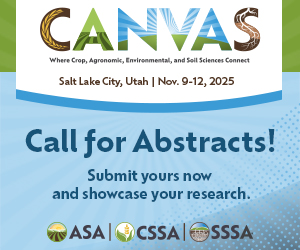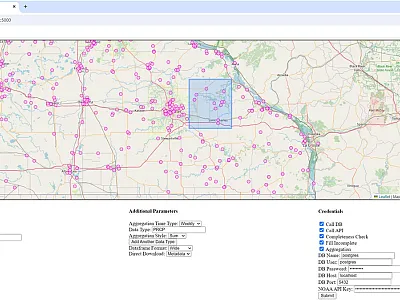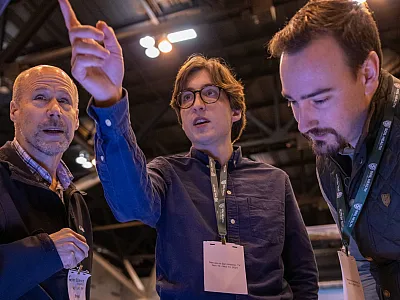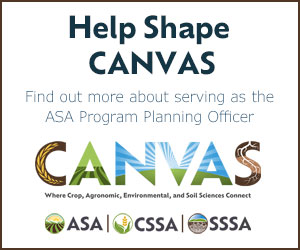One More Circle
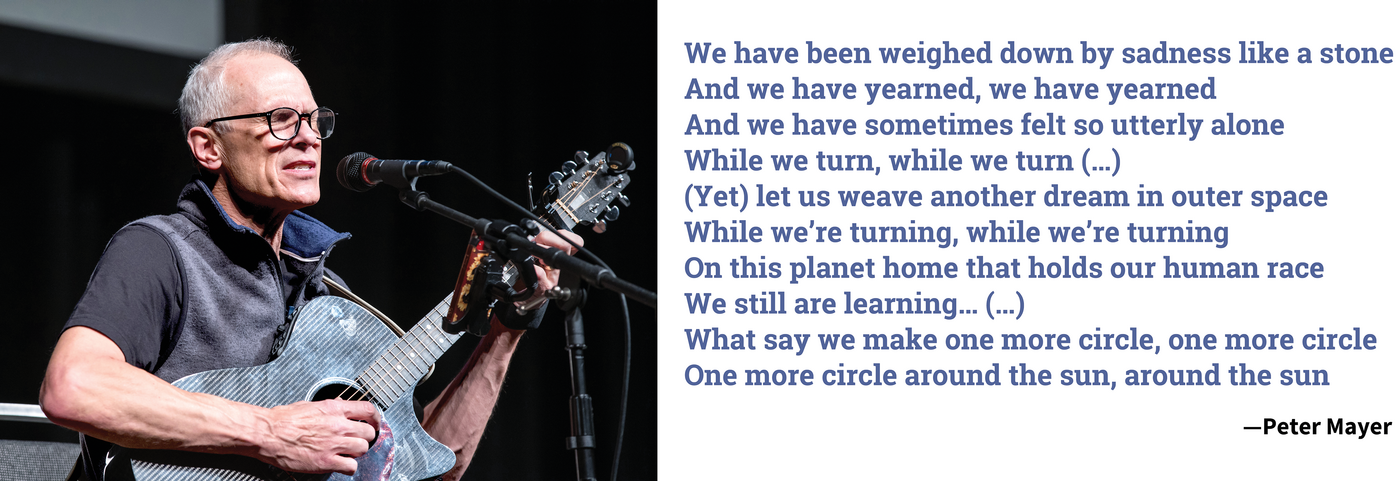
I am writing this essay in November, weighed down at this moment by the many extraordinarily painful and frightening events currently unfolding around the world and close to home. But I am also thinking about how you are reading it in January. I want to write here about the patterns and opportunities of the new year ahead of us. I hope that, in those patterns and opportunities, we will discover new ways to serve our profession, our colleagues, our society, and the planet we live on.
Did you attend our Annual Meeting in St. Louis a couple of months ago? If so, I hope that you were able to catch the first‐ever musical concert to open the Societies’ Annual Meeting. Peter Mayer (petermayer.net) presented a wonderfully varied group of songs about the earth and science—as well as his most recent composition, “Down in the Ground,” commissioned by SSSA. Another of Peter Mayer’s compositions is “One More Circle,” some lines of which are quoted in this article. They remind us that whatever challenges we face as individuals or as a society (including our scientific Society), we are all on a journey together around the sun. There is an end to one year and the beginning of another, an annual cycle that shapes who we are and everything around us, including the soils that we seek to understand.
Cycles figure heavily in our understanding of soil processes: diurnal and annual temporal cycles, nutrient cycles of elements like nitrogen or phosphorus, spatially recurring patterns of soil properties on the landscape, and more. Our science is all about identifying and exploring those patterns. Perhaps you know Frank Stevenson’s 1986 book Cycles of Soil: Carbon, Nitrogen, Phosphorus, Sulfur, Micronutrients (John Wiley & Sons). If not, check it out to learn how much we knew about soil chemistry close to four decades ago and compare it to today’s advances. It may surprise you.
It seems fitting that each recurring January, many of us take at least a few minutes (maybe more) to reflect on what we hope for the new year and how our actions can shape and bring those hopes to fruition over the coming 12 months. What are you thinking about as 2024 begins?
Opportunities for Renewal
There is certainly some comfort in our regular patterns of activity—like teaching a course, describing a soil profile, meeting with colleagues, or just showing up every day. But perhaps this year will bring new opportunities your way, too—perhaps teaching a new course, obtaining a new certification, publishing a new paper, starting a new project, or welcoming new co‐workers to your group. Perhaps in this month, you will be thinking about how to revise unnecessary habits, renew your skills, and reconnect to the purposes that make your work in soil science meaningful to you.
Our Society has a plan for this kind of renewal. It’s called our Strategic Plan—just adopted at our St. Louis meeting in November—and it’s our journey to 2029. We have a vision of uniting a global community by advocating for soils through education and science. We have identified four objectives:
- To increase, engage, and diversify our membership
- To develop the soil science workforce by increasing the awareness of diverse career paths for soil scientists
- To ensure that SSSA is responsive to emerging issues
- To expand our economic engine by increasing revenues to support our vision and objectives
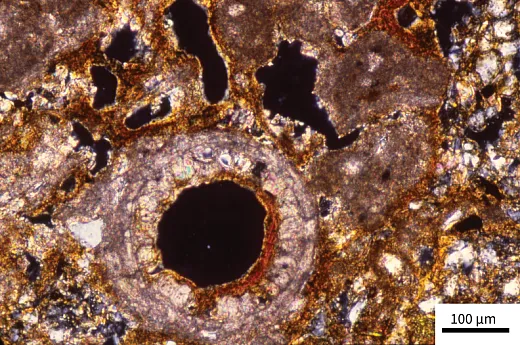
Our Society needs the engagement of each member (i.e., you!) to reach those objectives. Over the next few months of columns, I plan to write about each objective with more specifics about our desired outcomes that will bring to life what we do for our members and for that global community we seek to unite. While it’s a five‐year plan, moving it forward effectively in 2024 will provide the critical momentum we need in the coming years. Your elected representatives to the SSSA Board of Directors, the entire leadership team, and our deeply committed ACSESS staff will start the cycle this month. We invite you to join us in service on committees, in our annual and specialized meetings, in publishing your science in our Society’s journals, and keeping us informed about your own soil initiatives, wherever you work.
A terrific opportunity for engagement and learning this year will be the summer conference, Common Ground: Soils Beyond Borders, June 9–13, in San Juan, Puerto Rico. As I write this, registration is tentatively set to open on January 5. There will be tours, workshops, outstanding speakers, poster sessions, and lots of opportunity to get to know your colleagues. Please check out the meeting website (sacmeetings.org) for more information.
Reaching for the Future While Grounded in the Present
If you practice yoga, you are probably familiar with the Warrior II pose. Roughly speaking, it is a standing lunge with arms outstretched. It is intended to strengthen many muscles but also to strengthen one’s focus and determination. The position of the feet and legs requires balance and concentration as they connect one to the mat. The arms and fingers are outstretched, with one arm behind the body and the other in front. The pose probably has multiple interpretations, but the one that I remember is this: One is balanced by being grounded in the present while touching the past and reaching for the future.
In this new year, let me encourage you to reach for something new in your connection to soils and soil science. Be grounded in the present, appreciative of the past, but also open to new ideas, seeking fresh points of view, perhaps by imagining soil from the perspective of a tree, an earthworm, a gardener, or a child. Let’s begin our Society’s new circle around the sun in 2024 with new energy and new hope.
Text © . The authors. CC BY-NC-ND 4.0. Except where otherwise noted, images are subject to copyright. Any reuse without express permission from the copyright owner is prohibited.



